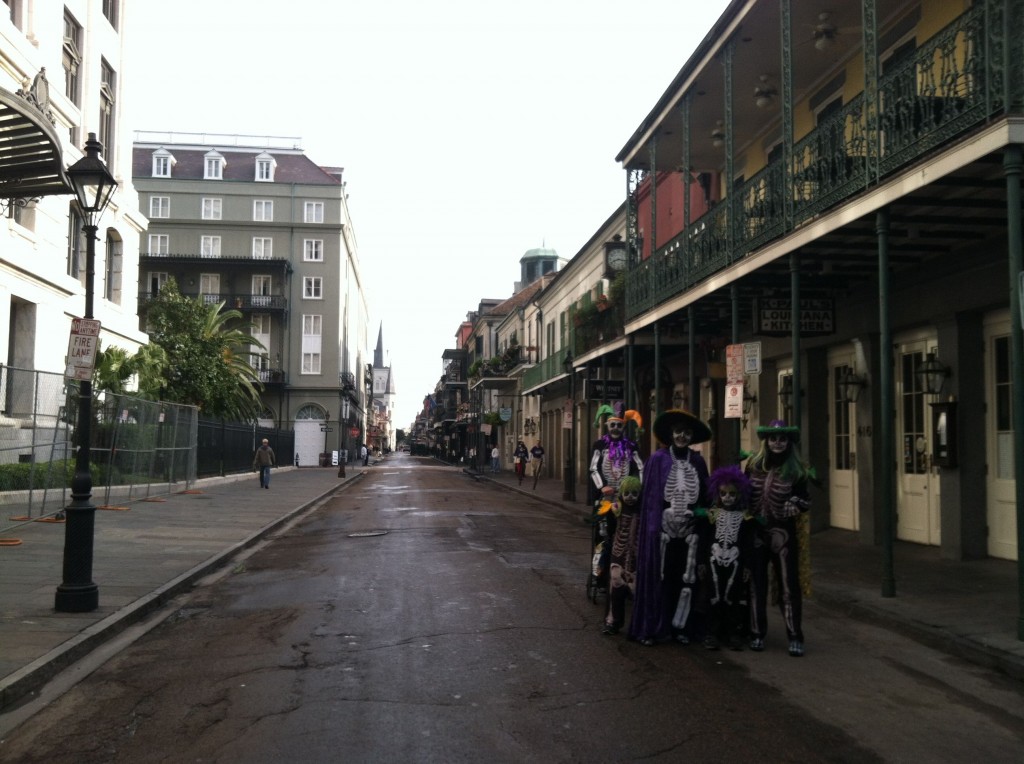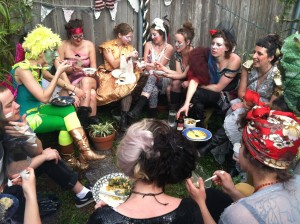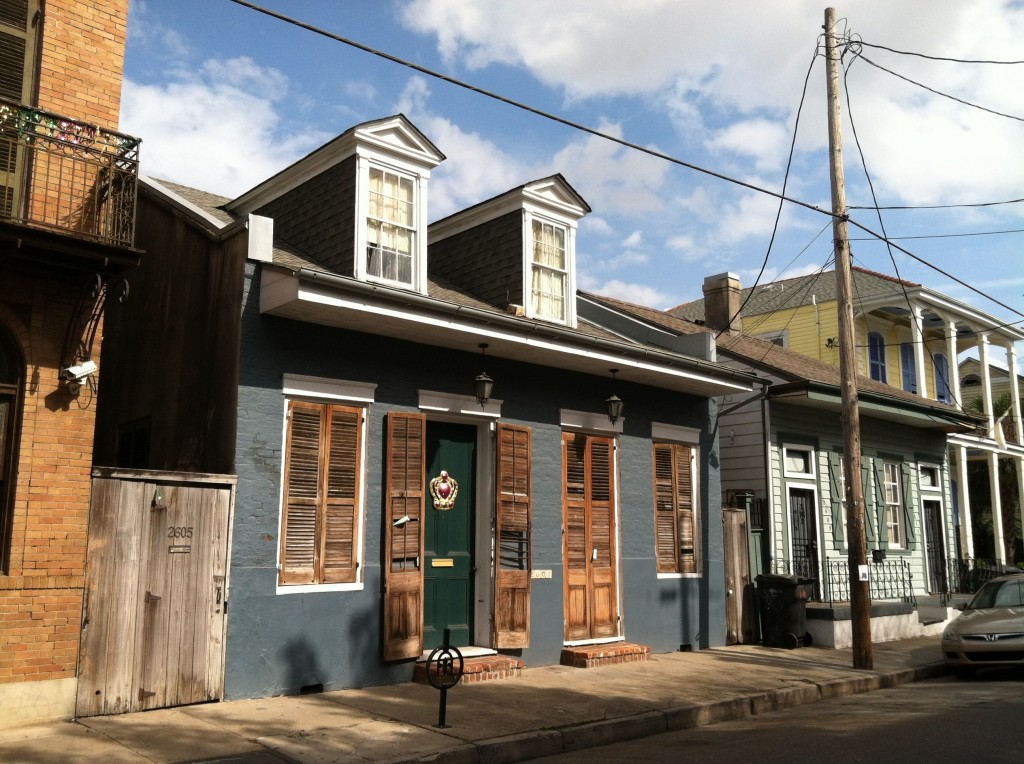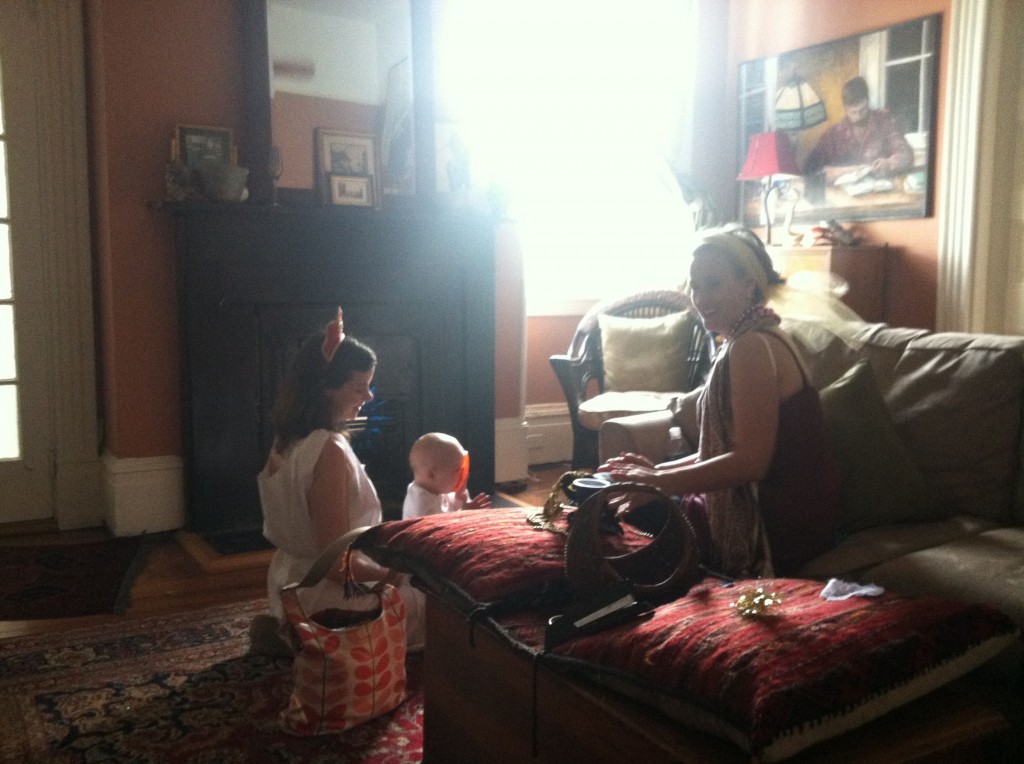24 Feb, 2012
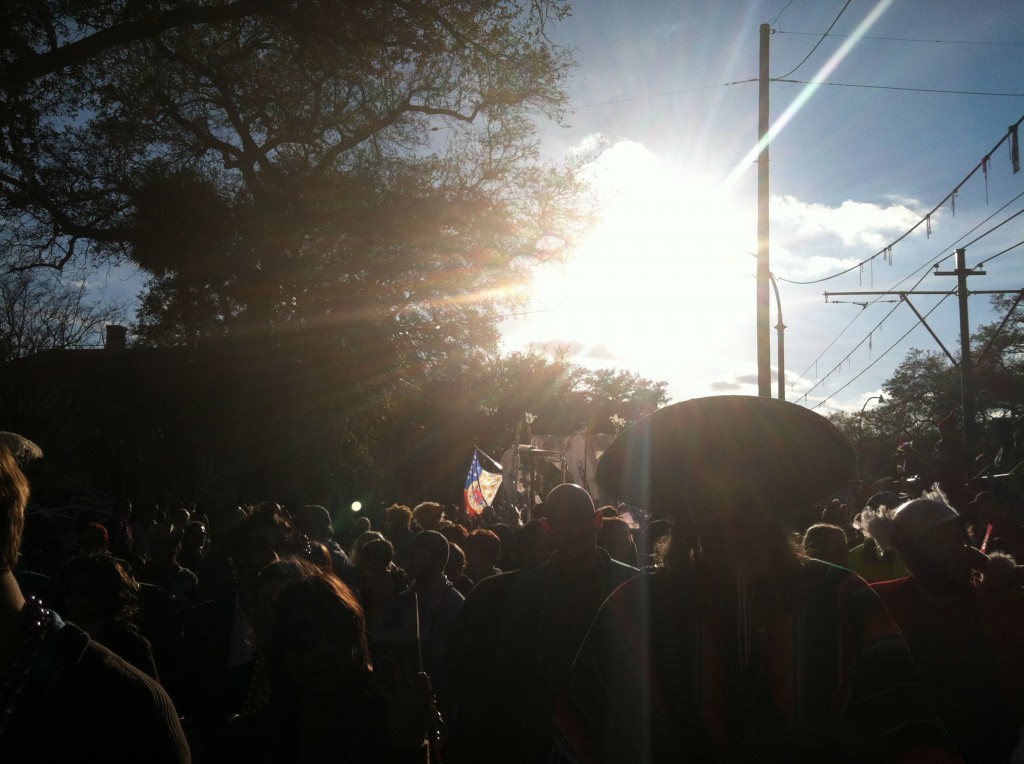 You might not believe it, but Mardi Gras 2012 was a source of spiritual growth for me. I know—the terms Mardi Gras and spiritual growth seem mutually exclusive. Folks interested in spiritual issues don’t often associate themselves with Carnival, and it seems contrary to the spirit of Mardi Gras to take away something long lasting and meaningful—a spirit which is symbolized in the plastic beads that are coveted for the length of a parade then quickly discarded. For most Americans, Mardi Gras is a hedonistic event in which college students drink excessively and expose parts of themselves that are best left covered. To me, there is something much more meaningful going on. That meaning and its misinterpretation have a great deal to offer us as we investigate Christian responses to climate change.
You might not believe it, but Mardi Gras 2012 was a source of spiritual growth for me. I know—the terms Mardi Gras and spiritual growth seem mutually exclusive. Folks interested in spiritual issues don’t often associate themselves with Carnival, and it seems contrary to the spirit of Mardi Gras to take away something long lasting and meaningful—a spirit which is symbolized in the plastic beads that are coveted for the length of a parade then quickly discarded. For most Americans, Mardi Gras is a hedonistic event in which college students drink excessively and expose parts of themselves that are best left covered. To me, there is something much more meaningful going on. That meaning and its misinterpretation have a great deal to offer us as we investigate Christian responses to climate change.

There is a lot to Mardi Gras that is missed by the general American public. Most importantly, we have a tendency to overlook the community and intergenerational elements of the festivities. Mardi Gras has many faces, but family is the best image of all.

During the Krewe of Nyx parade, I caught a number of throws for this little guy. Check those carnival kicks!

 On Sunday, I had the pleasure of visiting First Grace Methodist Church in Mid-City New Orleans. In the wake of Hurricane Katrina, First UMC—a historically white congregation—and Grace UMC—a historically black congregation—joined together to form First Grace. They also joined with a mission for Hispanic/Latino outreach. The church that has resulted is alive with great music, informed preaching, and authentic community that reflects life in New Orleans.
On Sunday, I had the pleasure of visiting First Grace Methodist Church in Mid-City New Orleans. In the wake of Hurricane Katrina, First UMC—a historically white congregation—and Grace UMC—a historically black congregation—joined together to form First Grace. They also joined with a mission for Hispanic/Latino outreach. The church that has resulted is alive with great music, informed preaching, and authentic community that reflects life in New Orleans.
When I came to church on Sunday morning, I was over Mardi Gras. Krewe du Vieux, which is the first parade of the Carnival season, was on February 4. After weeks of parades and festivities, I had had enough. I was ready to find a quiet place to read and forget about beads, costumes, and the like. From an environmental perspective, I was disgusted with the excess of “throws”—the little trinkets that people toss from the parades. Beads are by far the most common throws, but most of them are petroleum products that very few people use. From the perspective of a religious authority, I thought all of the running around for parade was a distraction. Also, I wondered why we don’t have a huge party for Easter rather than a pre-Lenten bulk up. I was longing for purity, and I had lost the fun of Carnival.
That all changed at First Grace. After a lively version of “Just a Closer Walk With Thee,” the service kicked off with a community prayer inspired by Psalm 100:
Make a joyful noise, who dat nation
For God delights in our happiness.
Come into God’s presence with singing, dancing, and costumes.
We know that the God who made us
Is the true maestro of every worthy celebration
And is worthy to be praised and served all the time,
Especially carnival time.
Now, that prayer might not suit the stuffy or highfalutin out there. It probably doesn’t even make sense to many unfamiliar with New Orleans. But there is a lot going on there.
In his sermon, Pastor Shawn Anglim dug deep for a new understanding of Mardi Gras. He described joy as a prophetic act in which we fulfill our duty to delight. He reminded the congregation that we are created for connection with God, one another, and all around us. We are called to revel in creation and in connection. In order to do so, we have to melt down that puritan self that holds us back. Some might call it the ego. Whatever you want to call it, the inclination to hide from celebration and connection can be contrary to the fullness of life.

 Following that service, I found carnival much more fulfilling. I learned to celebrate the life around me and revel in the company of both friends and strangers. I quickly found that this perspective wildly out performs any intoxicants that are perhaps more common to Mardi Gras merriment. When I combined this duty to delight with the practice of sitting or walking meditation, I found that the things my I longed for in my puritanical moments were right in front of me.
Following that service, I found carnival much more fulfilling. I learned to celebrate the life around me and revel in the company of both friends and strangers. I quickly found that this perspective wildly out performs any intoxicants that are perhaps more common to Mardi Gras merriment. When I combined this duty to delight with the practice of sitting or walking meditation, I found that the things my I longed for in my puritanical moments were right in front of me.
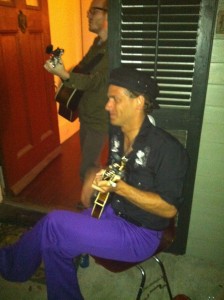
In between parades, balls, and the like, I was fortunate enough to play some quality bluegrass with good folks.

Special thanks to old buddy Myles Ranier for all of his help during my stay in NOLA. Here, Myles cooks up some red beans and rice. Tasty!

Special thanks to Sheila Thomas and Connie for their extraordinary kindness! I had the great fortune of learning from these two former principals and soaking up some solitude in their apartment, which gave me my first period with a piano on this trip. Thanks also to Hal Roark for making that happen!

This dedicated math teacher bet his students that if they scored above a certain mark on their APs, he would get this tattoo. Awesome!
My experience can be extended to climate change as well. The joy of creation is all around us. Rather than seeing creation as a source of consumption, perhaps we can learn to delight in it. This is what Mary Evelyn Tucker describes as “Worldly Wonder”—the ability to revel in the miracles that extend from our immediate surroundings and out into the entire universe in a way that contextualizes the grandeur of that miracle. Without that wonder, we will surely burn out.
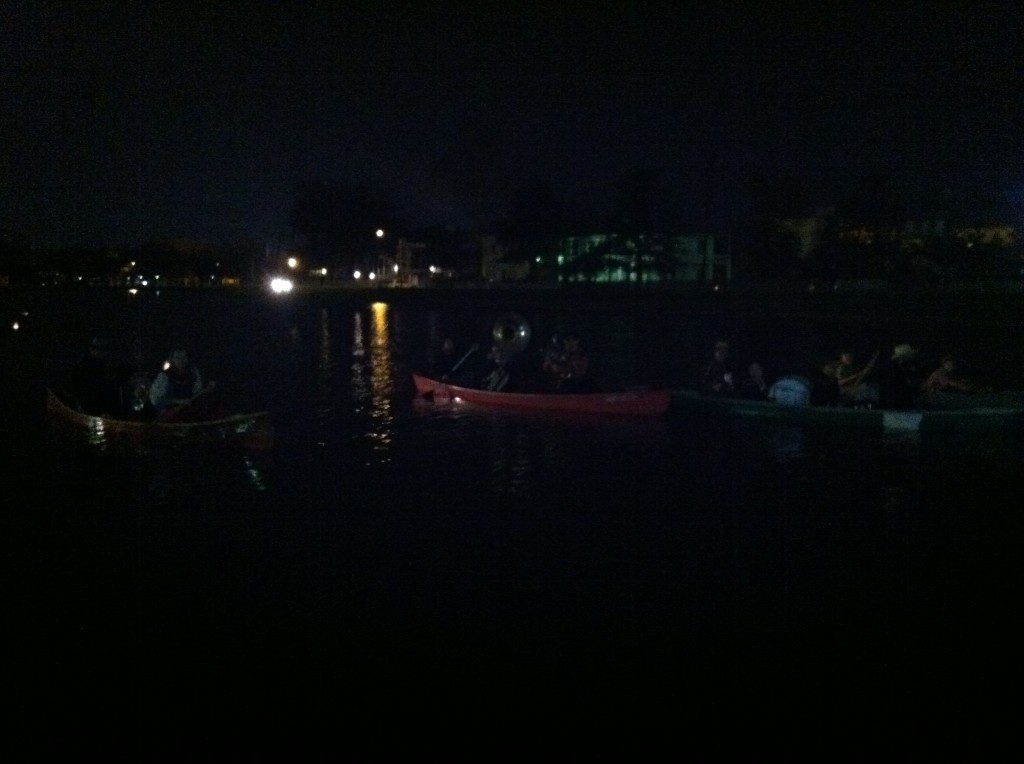
One of the novelty activitivies of the carnival season was the canoe parade on Bayou St. John. Yes-- that is a marching band in those canoes!
Mardi Gras has come and gone. We’ve moved into Lent, and things have quieted down. But as we go through the period of reflection and reorientation, I hope that we can rediscover our duty to delight. Maybe it will bring us the solitude we lack. Maybe it will remind us of the community to which we belong. Maybe it will make for a more lasting Easter celebration when we get there. For now and always, I hope you can fulfill your duty to delight.
Until we meet again
More dutifully delighting
Than we thought possible




